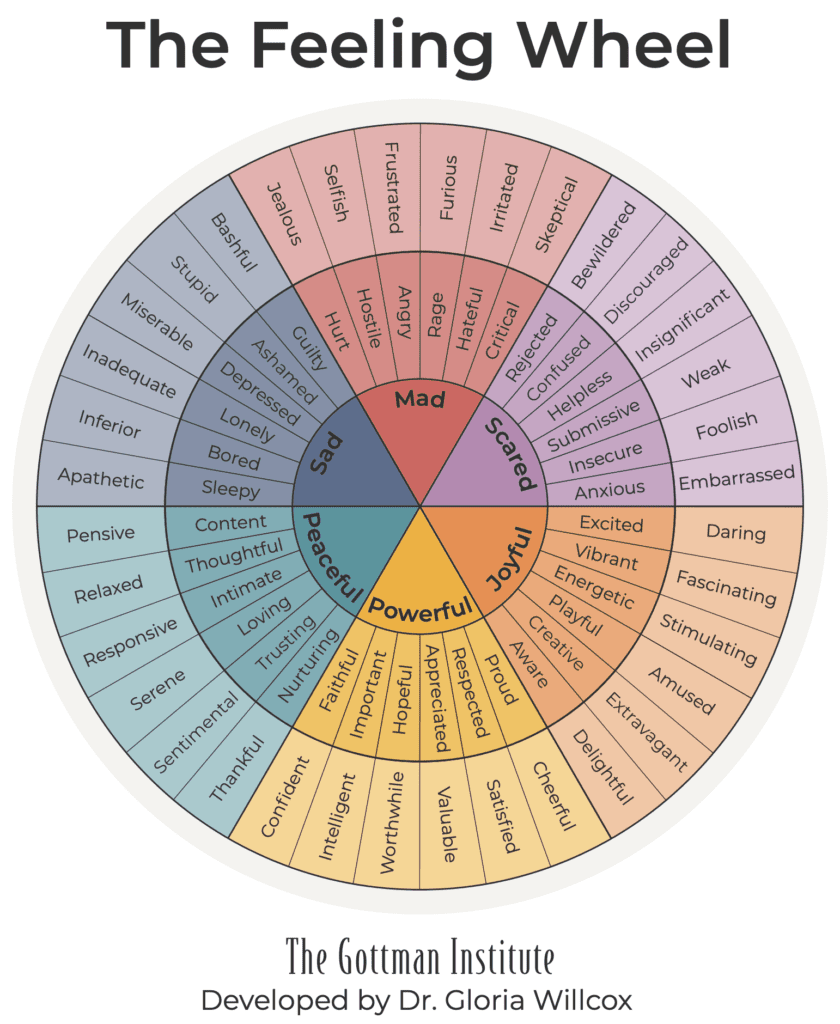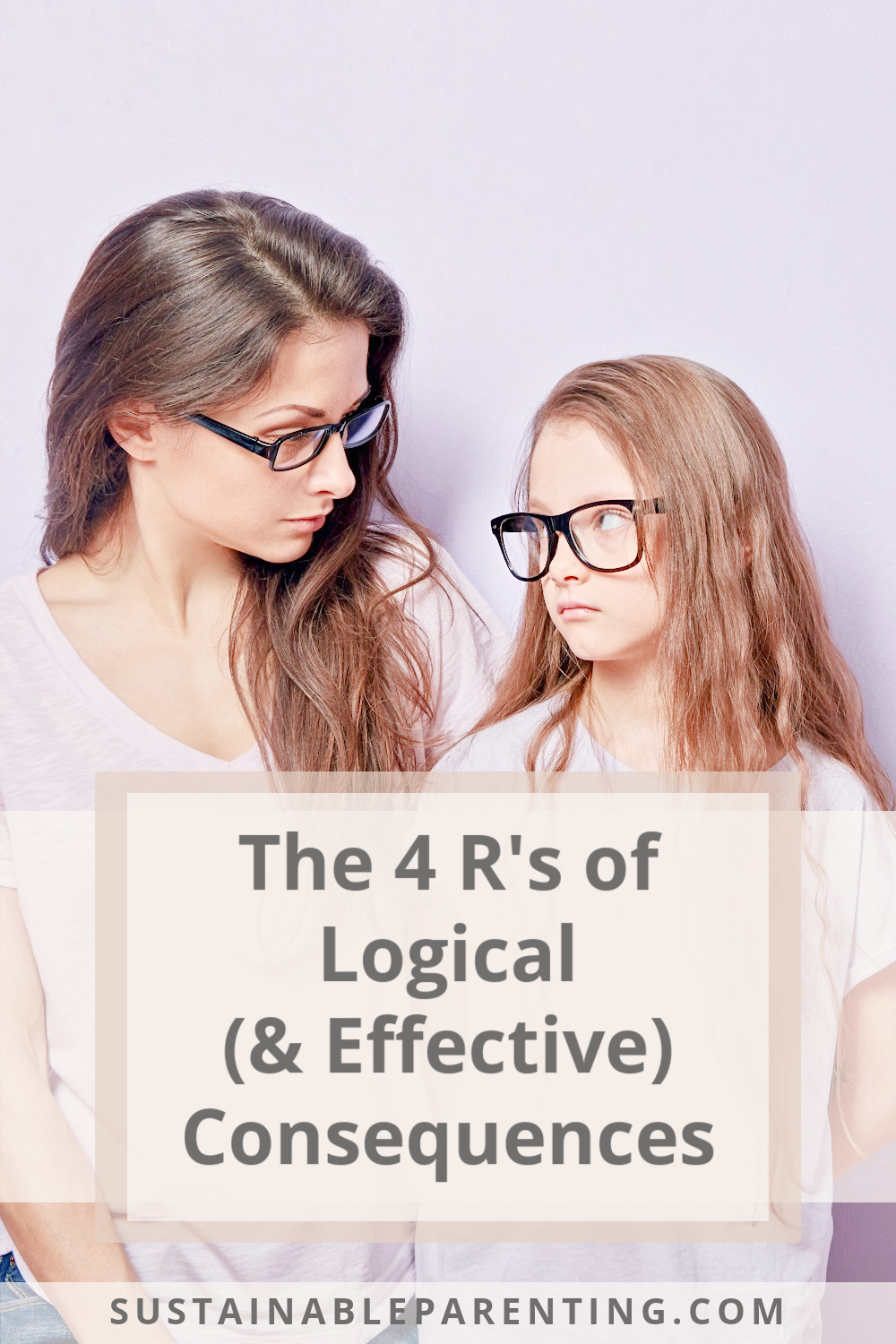
Do you often end up in never-ending arguments with your strong-willed child, where finding solutions feels tricky? Maybe you’re frequently dealing with power struggles. If these situations sound like something you go through, know that you’re not the only one. Let’s look into practical ways on how to stop arguing with your child and bring back balance to your relationship.
Two Simple Steps on How to Stop Arguing With Your Strong-Willed Child:
1. “Do Not Negotiate with Terrorists“
Trying to negotiate with a stubborn child can feel like negotiating with a terrorist. This strategy suggests a big change in how you behave by not getting into negotiations that reinforce challenging behavior. Instead, set clear rules and avoid bargaining. This creates an environment where working together is not just encouraged but works well. Remember, when you negotiate with the terrorist’s tactics, you encourage more terrorist behavior.
(I’m gonna make that decision with myself, which means if she is whining, or demanding, I’m gonna cut the conversation off right there. – “Honey, I’m not gonna keep arguing with you.”)
2. “When You Keep Getting to the End of the Rope, (losing your patience) SHORTEN Your Rope“
Getting to the end of the rope means yelling, losing your temper, and/or saying things you regret.
So as counter-intuitive as it might seem, I find that parents are more likely to keep strong kindness, when they stick with strong firmness. To explain a bit further, I mean that when we don’t repeat ourselves 10-15 times, and instead move into “2 Roads”, we likely speak more kindly. This is what I call, “Shortening your rope”:
Here are some steps to follow for success: Make a plan in advance, giving the child a clear description of “2 roads”: a “Happy Choice” vs “Sad Choice.”

– If they choose the sad choice, follow through on the sad result (maybe the truck they just threw across the room goes on a break on top of the fridge).
– Let, “If you do that one more time…” actually be only 1 time.
Additional Transformative Tools:
1. Name It to Tame It
ie. You can say: “You seem so (feeling/emotion – frustrated, disappointed, sad)”.

Free to download at https://cdn.gottman.com/wp-content/uploads/2020/12/The-Gottman-Institute_The-Feeling-Wheel_v2.pdf
2. 30-second Silent Hug
For an extra way to ease tension, try the 30-second silent hug. This involves hugging your child without saying anything for half a minute. Physical touch can be a strong way to show that you understand and support them, creating a space where you both can find common ground. This non-verbal action helps to make your child feel secure and emotionally connected.
Negotiating with a difficult child doesn’t have to be a constant struggle. By not negotiating when it’s not helpful and being more understanding, you can turn conflicts into chances to connect. These easy but powerful strategies give you the tools to handle disagreements with your child well, making your relationship healthier and more cooperative.
Try out these strategies to break free from arguing all the time and make parenting more harmonious. Turn conflicts into moments of understanding and connection, creating a positive bond with your child.







